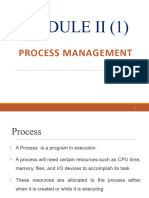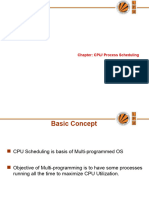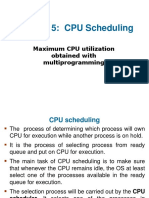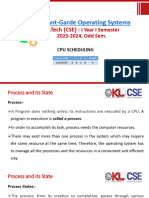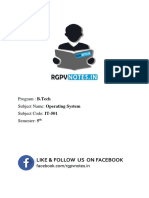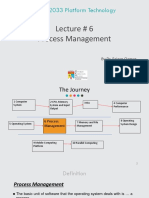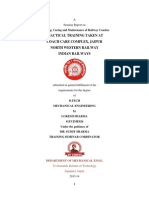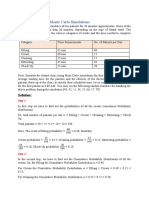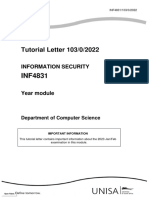0% found this document useful (0 votes)
19 views34 pagesCoa Notes
The document covers the fundamentals of process management in operating systems, detailing concepts such as process states, control blocks, and scheduling types. It explains various scheduling algorithms including long-term, short-term, and medium-term scheduling, as well as preemptive and non-preemptive scheduling. Additionally, it discusses the differences between processes and threads, their management, and the advantages of using threads for efficient resource utilization.
Uploaded by
Shivam KumarCopyright
© © All Rights Reserved
We take content rights seriously. If you suspect this is your content, claim it here.
Available Formats
Download as PDF, TXT or read online on Scribd
0% found this document useful (0 votes)
19 views34 pagesCoa Notes
The document covers the fundamentals of process management in operating systems, detailing concepts such as process states, control blocks, and scheduling types. It explains various scheduling algorithms including long-term, short-term, and medium-term scheduling, as well as preemptive and non-preemptive scheduling. Additionally, it discusses the differences between processes and threads, their management, and the advantages of using threads for efficient resource utilization.
Uploaded by
Shivam KumarCopyright
© © All Rights Reserved
We take content rights seriously. If you suspect this is your content, claim it here.
Available Formats
Download as PDF, TXT or read online on Scribd
/ 34


